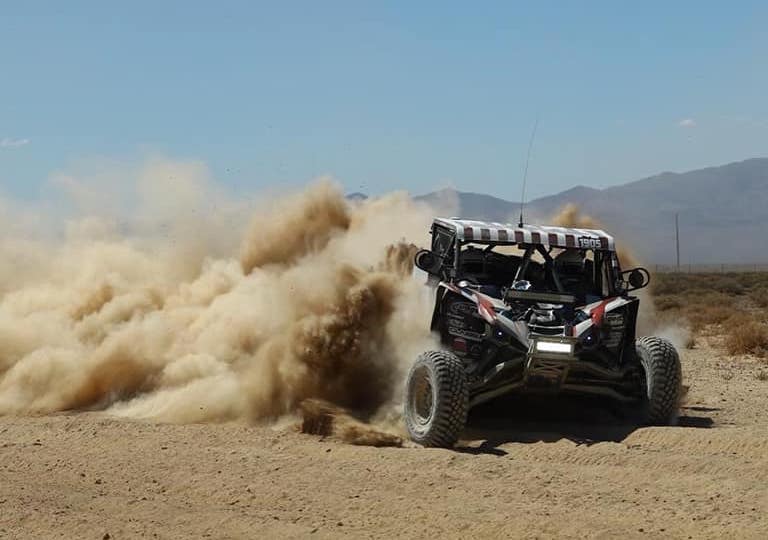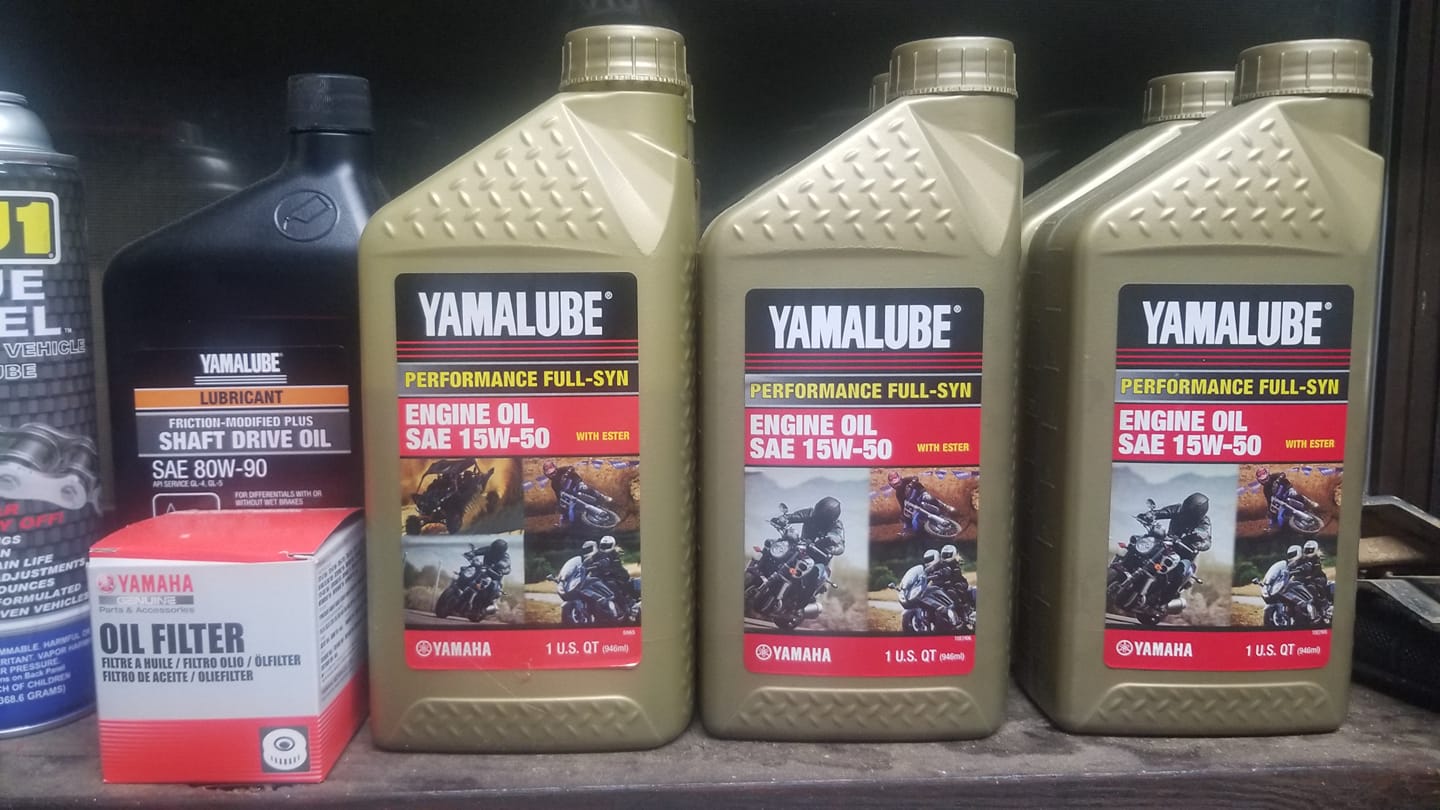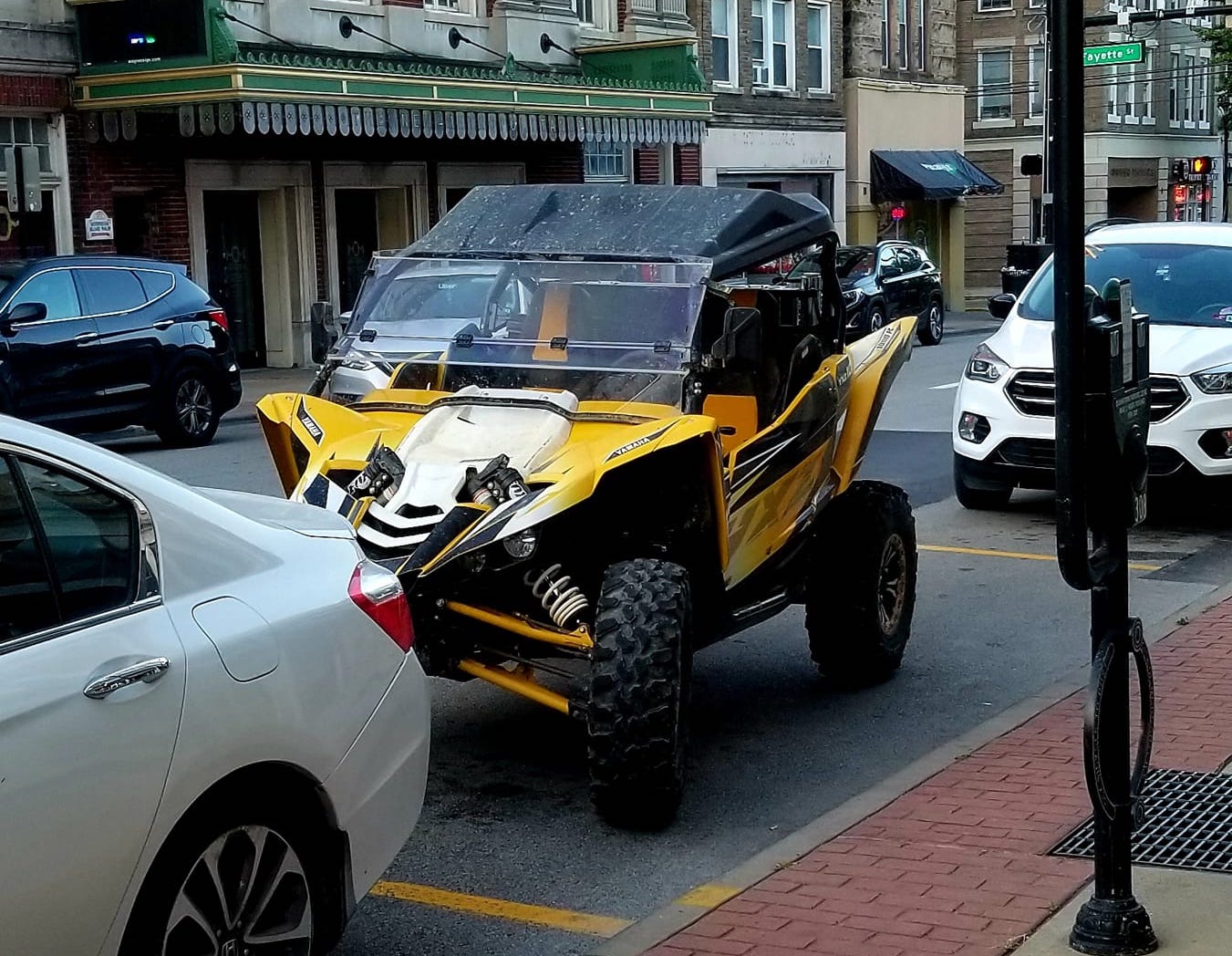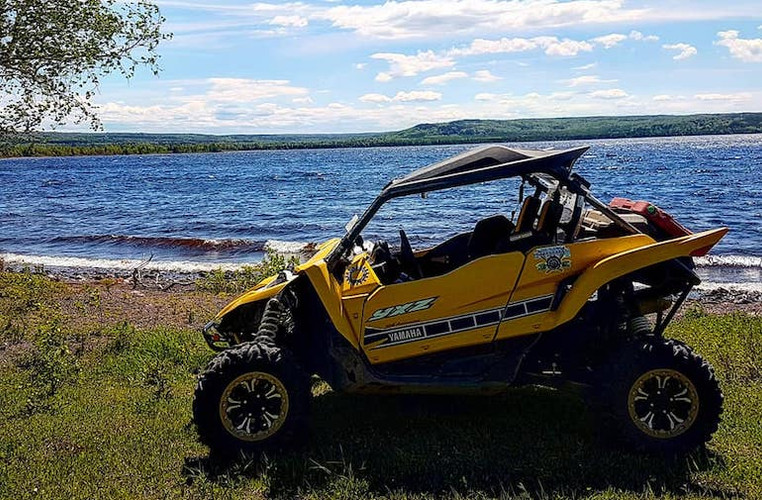10 Most Common Questions About The Yamaha YXZ
Apr 16th 2023
Question 1: Does the Yamaha YXZ have a belt?
Answer 1: Although it may have an alternator belt, the Yamaha YXZ does not have or need a drive belt.
Question 2: How fast is the Yamaha YXZ 1000R?

Answer 2: The top speed of a factory Yamaha YXZ1000R is around 80 MPH. But it can go faster with the right aftermarket modifications. Check out this blog of ours to learn more about the top speed of Yamaha side-by-sides!
Question 3: Is the Yamaha YXZ manual?
Answer 3: The Yamaha YXZ comes in both a manual (three pedal) and an “automatic” (two pedal) version. That being said, even though the Yamaha YXZ 1000 Sport Shift (SS) comes with an automatic clutch, the transmissions across all YXZ trim packages are nearly identical – with the three pedal having mechanical linkages for shifting and an operator-actuated clutch, and the SS having an electric solenoid running the shifting and a computer controlling the slave cylinder for the clutch.
Both are great, and each has its pros and cons, but the +2019 SS editions are programmed to be quicker, and if you let an inexperienced friend drive, there’s less of a chance that they’ll burn up the clutch in an SS model. The manual 3-pedal YXZ is more reliable with higher power (200+) and is more engaging to drive. Some like to have a hand and foot free while riding, while others like to control their own gears (especially when going slow / crawling). At the end of the day, it boils down to personal preference. The manual YXZ is great for the purists who want a more engaging driving experience, but at the same time, it can be hard working a clutch and stabilizing yourself while ripping over whoops, ruts and rocks.
Question 4: How much does a Yamaha YXZ weigh?
Answer 4: The wet weight of a Yamaha YXZ1000R SS SE is 1,607 pounds, while the non-SS Yamaha YXZ 1000R has a wet weight of 1,523 pounds. These weights include oils, fluids, fuels, and everything else needed for a ride-ready machine, and the weights will increase if any Yamaha YXZ accessories are added.
Question 5: Where are Yamaha UTVs made?
Answer 5: Yamaha side-by-sides – including the YXZ – are assembled in Newnan Georgia.
Question 6: Is the Yamaha YXZ reliable?
Answer 6: The Yamaha YXZ is a bulletproof machine, and arguably the most reliable SxS on the market today. Nevertheless, you’ll still hear a small cohort of YXZ owners complaining about the clutch / transmission, and these problems can be almost exclusively attributed to user error. If you don’t know how to drive a stick, don’t try to learn on a Yamaha YXZ. Aside from burnt clutches caused by riders with no business driving a manual, transmission issues in the paddle shift SS cars can sometimes arise, and these have to do with shift actuator faults or other sensor issues in that deny shifts or cause code lights to be thrown. All in all, if you know how to drive, you’ll be doing very little repair work aside from routine maintenance if you get a Yamaha YXZ!
Question 7: How do you change the oil on a Yamaha YXZ1000R?

Answer 7: Changing the oil in a Yamaha YXZ100R is pretty easy to do, simply drain the old oil, fill the reservoir back up with new oil, and get your new oil filter in place. You can buy complete oil change kits for the Yamaha YXZ1000R, or you can get oils and oil filters separately. The manual suggests using Yamalube 15W-50 synthetic oil as well as a Yamaha-branded filter, but you can also use a Wix filter or K&N filter (KN 204-1), and an appropriate oil from Amsoil, Mobil1, or another brand that is conducive to your climate / riding conditions. For light-to-moderate riding, you only need to change your oil every 1,600 miles or 160 hours. But if you ride hard or ride in high-moisture / high-dust environments, you should cut that figure in half and change your oil every 800 miles or every 80 hours – whichever comes first. When changing your vehicle's oil, you’ll need an oil filter wrench and a torque wrench, and here's how it's done:
Step 1: Start your machine and let it run for a couple of minutes so that the old oil becomes less viscus and can drain out easier.
Step 2: Pull the upper cover to expose the oil tank, remove the dipstick (being cautious of any dirt or debris that might fall into the oil reservoir), and take off the rear skid plate to gain access to both the engine drain bolt and the oil tank drain bolt.
Step 3: Remove the cylinder head cap on the top of the valve cover (near the back).
Step 4: Pop off the oil filter and sump drain bolt with a 65mm oil filter wrench, and capture the old oil that flows out in a container positioned under the engine. Most of the oil is stored in the oil tank, so don't be worried of only a bit flows out from the engine.
Step 5: Take the cover off the oil tank, remove the oil tank drain bolt, and capture the oil that flows out in your drain pan / container.
Step 6: Put the oil tank drain bolt back on with a new crush washer and tighten it down to 12 ft-lbs.
Step 7: Reinstall cylinder head cap.
Step 8: Put the engine drain bolt (sump drain bolt) back on with a new crush washer and torque it down to 7.2 ft-lbs.
Step 9: Apply a touch of oil to the o-ring on your new oil filter and twist it in place to 12 ft-lbs.
Step 10: Put in 2 qts of oil, run your machine, and then put in .8 qts more.
Step 11: Run your machine again for a couple minutes, make sure that it’s on a level surface, and check your dipstick to make sure that you’ve added the appropriate amount of oil – top up if needed.
Step 12: Reinstall the skid plate / oil tank cover and you’re all set!
Question 8: Are there any common problems with the Yamaha YXZ?
Answer 8: Although there are minor things that can go wrong with the Yamaha YXZ, there aren’t any systemic problems that aren’t caused by the users themselves. Although the 2016-2019 YXZ models are cheaper, the 2019+ models underwent significant changes that make them better in many ways. The new Yamaha YXZ 1000s have GYTR rods that can handle more boost, gear reductions that are great for slow crawling in mud and on rocks, as well as a rear radiator that doesn’t get caked with dust and mud as easily.
The biggest problem with the Yamaha YXZ is that the clutch will burn up if you drive it incorrectly. With the SS, be mindful of the green clutch light that turns on when you’re going slow, as this is an indicator that the vehicle is slipping the clutch to avoid stalling, and your clutch will burn up pretty quickly if that light stays on for an extended period of time. If you do a lot of slow riding, mods like the CrawlBox by Crawl Force can be installed to give you a 1:1 gear ratio in High, and a 3:1 gear ratio in Low.
Question 9: Is the Yamaha YXZ1000R street legal?

Answer 9: The stock configuration of the Yamaha YXZ1000R is not compliant with any street legal regulations in the US… but here’s how you can make your Yamaha YXZ1000r street legal!
Question 10: How much is a Yamaha YXZ1000R?
Answer 10: Currently, the resale value of used Yamaha YXZs is quite low, which is good for prospective buyers, but bad for sellers. A majority of folks are looking for +19 YXZs, so even with heaps of upgrades and aftermarket accessories, you’ll be hard pressed to get above $10,000 for a pre-2019 YXZ, even if it has very low mileage. Pre-2019 YXZs with more than 1,000-2,000 miles might only go for $5,000-$7,000 – depending on the availability of comparable machines in your area.
As far as the price of new Yamaha YXZs, they currently run anywhere from around $21,000 to $25,000 depending on the model.


